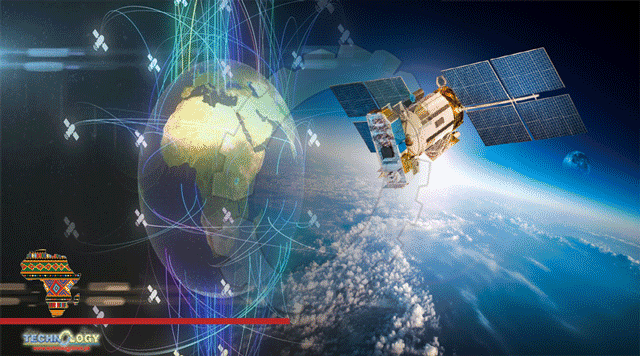South African space science had a big day on 13 January 2022. The Cape Peninsula University of Technology, based in Cape Town, launched its third satellite mission into space from the Cape Canaveral rocket launch site in Florida in the US.

The nanosatellite constellation – consisting of three satellites – is called MDASat (Marine Domain Awareness). A nanosatellite is smaller than standard satellites, weighing between 1kg and 10kg; it’s an affordable, functional option. The mean mass of each of our satellites is 2.1kg.
MDASat is designed to collect data that will enhance the security and protection of South African marine resources. The constellation will detect, monitor and identify foreign vessels within the country’s exclusive economic zone. This could help track illegal dumping and fishing.
Our hope, as the team that developed and designed the constellation – I am the acting chief engineer on the project – is that MDASat will enhance the country’s ocean sovereignty and protect our marine resources.
African space science mission follows on from the successful development, launch and operation of two other nanosatellites: ZACUBE-1, known as TshepisoSat, and ZACUBE-2’s.
It’s an exciting moment not just for the institution and for South Africa, but for the African continent more broadly: this is the first constellation of satellites developed and designed in Africa. Other African countries, among them Kenya, Morocco, Nigeria and Ghana, have sent satellites into space. But these were not developed and designed on the continent; they involved partnerships with non-African nations or companies.
This is important because the more countries and scientists are involved in space the better: this provides better collaborations and presents new technical techniques to process information. Different data can be used for all sorts of purposes, like tracking space weather and monitoring natural and marine resources.
MDASat’s role
The January 13 launch sent three satellites of the MDA constellation (we hope to launch nine in total as part of this constellation) into space. MDASat-1 will use Automatic Identification System data to monitor ships’ movements within South Africa’s exclusive economic zone. Automatic Identification System is a radio system used for the tracking of maritime traffic. The location messages received by the satellites from ships in the ocean beneath is downloaded daily from the satellite when it passes over the ground station at the university’s Bellville, Cape Town campus.
Source: Stuff